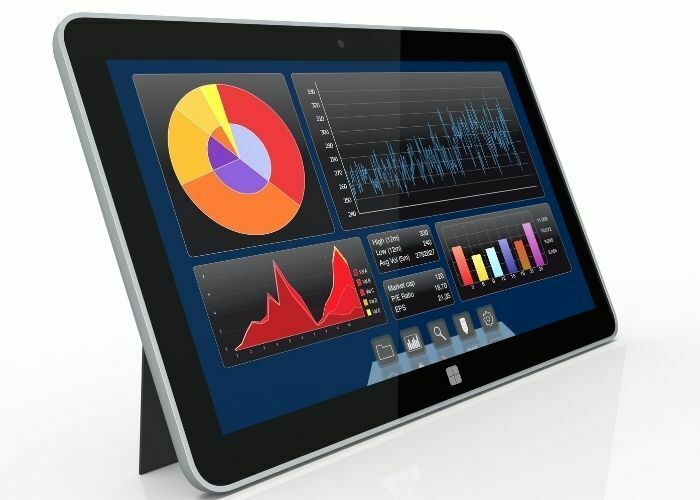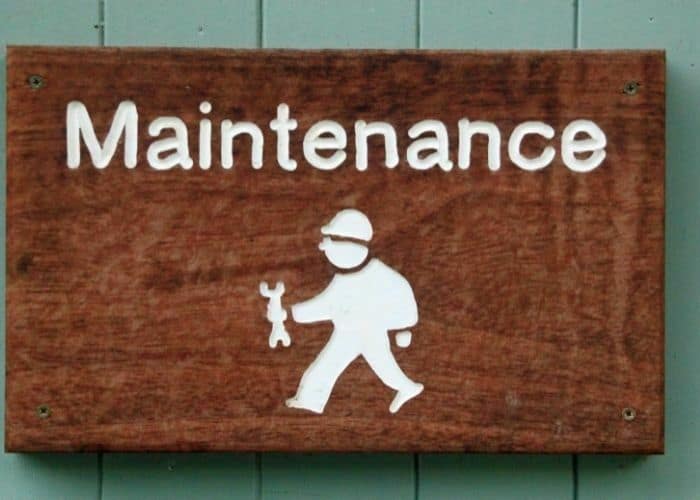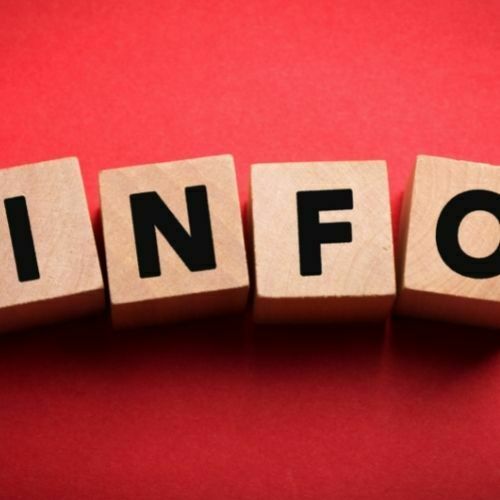An asset register can record all of your assets, each asset’s movements, and much more. Read this article now to lean what an asset register app records!
How to Optimise Asset Lifespan Using Asset Tracking Software
How to Optimise Asset Lifespan Using Asset Tracking Software
The right asset management techniques have the potential to add value to your operations. The work to create a reliable framework that can help with the tracking and use of fixed and non-fixed assets. Additionally, the right Asset Tracking Software can help to improve your existing asset management practices.
Below, you can find details of how you too can optimise asset lifespan using itemit’s reliable tracking software.
Scheduling Maintenance Reminders
Our Asset Tracking Software is capable of sending out maintenance reminders as and when required. This process ensures that assets can undergo maintenance according to the schedule.
Set monthly, bi-monthly, quarterly or annual maintenance schedules. Alternatively, you can set your own schedules ensuring all assets are looked after and each asset’s lifespan is optimised.
Maintenance reminders can help to improve the longevity of assets. In addition to this, regular maintenance reduces the risk of replacement asset procurement. As a result of this, budgets are less affected and much-needed funds can be used elsewhere.
Location Tracking
itemit’s software ensures that every asset’s location is tracked. This can help your business to avoid lost assets. Every year, businesses lose a lot of money due to assets being misplaced. When the right tracking software is used, location tracking is very easy.
With the touch of a button, it is possible to see where each asset is located. This is ideal for businesses that have assets in multiple locations. Additionally, businesses can use the location tracking software to help them find assets that have been stored in a warehouse. Users will not need to spend quite as much time searching for the assets that they need. Within moments, they can find out exactly where the assets are located.
Asset Responsibility
The issue of asset responsibility can be contentious. However, when an individual is assigned an asset, they are responsible for it. The assigning of an asset is simple and ensures that the right individual has access to it. This tends to mean that more care is taken over the asset. The asset in question is less likely to be lost or damaged. Due to users feeling responsible for the asset, it is likely that the asset will work effectively for longer.
Assigning assets to individuals is relatively simple thanks to itemit’s menu easy-to-use menus. Assets can be assigned within moments. Individuals can have access to the assets that they need while feeling responsible for them.
The Issues-Reporting Feature
Users of assets can report an issue as and when it arises. This feature allows for the maintenance team to repair affected assets quicker than they otherwise would have. Individuals who are often reluctant to report an issue with an asset may find the issues-reporting feature less anxiety-provoking.
The maintenance team will receive a message informing them that the asset needs to undergo repairs. Details of the much-needed repairs can be added when an issue is being reported, helping the maintenance team to determine what is wrong with the asset.
As we have already seen, maintenance reduces the risk of replacement asset procurement. When the issues-reporting feature is used, costs tend to fall, helping businesses stick to their budget.
Stock Check Assets By Location
Asset Tracking Software can be used to stock check assets by location. A feature such as this can prove to be very useful when a particular number of assets are required at each location. Users of the app will receive a complete and updated stock check count. Using this knowledge, managers and other team members can allocate the correct number of assets to each location. Additionally, surplus assets can be sent to another location or stored in the warehouse until they are needed.
App Integrations
With more than 2,000 app integrations, itemit allows users to automate a range of tasks as needed. For example, users can synchronise itemit’s software with their Google Calendar. Additionally, they can receive notifications in Slack each time an asset is checked out. Integrating itemit and Gmail ensures that you receive an email when an asset is reserved.
With more than 2,000 app integrations, users can make tracking and maintaining assets a breeze. You may no longer need to rely on multiple applications to help with the day-to-day running of your business. Signing into itemit ensures that you have all of the software and notifications that you need to get your jobs completed. When all of your assets are tracked and their lifespan optimised, you can concentrate on other aspects of your business.
Let itemit do the hard work so you don’t have to.
itemit’s Asset Tracking Software
itemit’s Asset Tracking Software can give users more control over all of their assets. Optimising asset lifespan is possible when you use software that offers your business the tools it needs to run effectively.
Contact the itemit team today at team@itemit.com to discuss how you too can optimise your asset’s lifespan. Alternatively, begin a 14-day free trial to find out how our tracking software can work for you.
Increase Your Assets Lifespan
Choose a better way to track your assets
Start your free 14-day trial now
Instant access. No credit card details required.
Related articles
What Does An Asset Register Record?
7 Tips For Better Equipment Inventory Management In 2023
Want to improve your equipment inventory management in 2023? Read this article now as it contains 7 tips that can help your business!
When Should I Update My IT Asset Register?
Having an IT asset register is useful if it is updated regularly. When should you update your IT asset register? Read this article to find out!





